A couple of years ago I read an interesting Wikipedia article about something called a "field-programmable gate array". The article made it sound like it's a box of logic gets which you can arbitrarily wire together to implement any kind of logic you want (but without needing thousands of discrete components).
Now, I had assumed this works something like a PROM. As in, you buy a die which has all the gates on it, with everything connected to everything, and then there's a glass window to the die, and you use one of those extremely expensive UV-laser writers to "burn" through the connections you don't want, resulting in the logic circuit you designed. (And maybe there's a version that's erasable too, like how CD-RW is somehow erasable.) Once you've "burned" your program into the chip, it behaves as if it were that actual combination of logic gates. (Because now it is that combination of logic gates!)
However, more recently I've been reading about this, and it appears this isn't how the technology works at all. A lot of recent articles talk about needing to send a "bitstream" to the FPGA at system power-up (and even the possibility of encrypting this bitstream to stop your competitors reading it). This makes it sound alarmingly like a FPGA isn't a hardware construct at all; it makes it sound like really it's just an ordinary microprocessor that's simulating your design in software.
In particular, that means a design programmed into an FPGA can never run any faster than the underlying microprocessor that's simulating it. Which kind of makes the entire endeavour sound... kinda pointless. I thought the whole point of an FPGA was to make custom logic that does stuff faster than you can do it in software. But all this "bitstream" stuff makes it sound like it is still software...
I'm a little confused here. How does an FPGA actually work?
